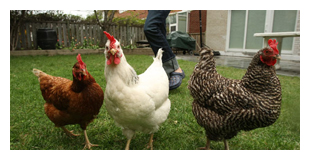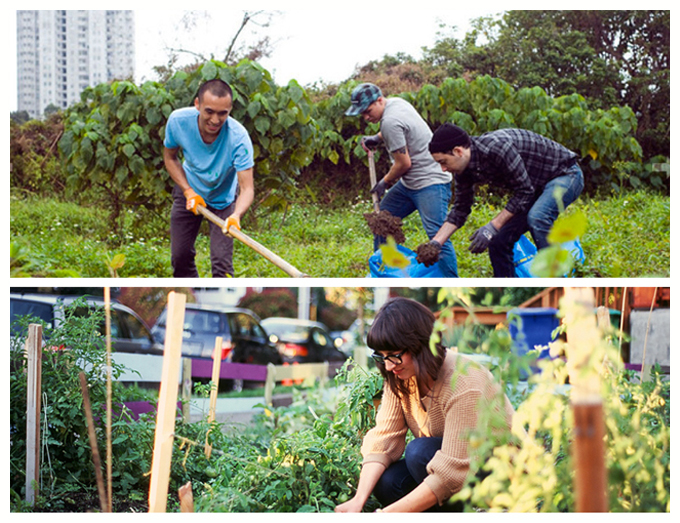Featured Indicators
 Backyard livestock
Checklist for an enviable backyard: A sparking turquoise kidney-shaped pool with a waterfall f...
Backyard livestock
Checklist for an enviable backyard: A sparking turquoise kidney-shaped pool with a waterfall f...
 Beards
When Darwin’s theory of evolution by natural selection was first popularized among the Victorian i...
Beards
When Darwin’s theory of evolution by natural selection was first popularized among the Victorian i...
Cultural Indicator
Urban agriculture

A vacant lot blooms with edible wildflowers. A community garden teems with people on a Sunday afternoon. A group of gleaners tweets about an apple tree in a local park, heavy with fruit. There’s an urban revival afoot, and it has nothing to do with twee boutiques or minimalist lofts. It’s about rediscovering the jungle in between slabs of concrete, and it’s creeping into every corner of cities worldwide.
Sometimes it takes a subversive edge — people throw “seed bombs” into vacant lots in the dark of night, or conduct illegal foraging tours of public parks — and sometimes it takes on a life of its own, like the Growing Power project, which started out as a small innovative urban farm in Milwaukee and now educates people globally. But mostly it takes hold in small yards and community gardens, where people are reclaiming every inch of unpaved soil they can find, and imbuing the land with edible life.
When we seek out food grown in city soil, we’re doing more than just following locavore trends or trying to prettify the urban landscape. We’re trying to reconnect with our food supply, and with ourselves. We have a long heritage of deep connection to what we eat — both recent (90% of Americans were farmers in 1860, compared to 2% today) and ancient (we evolved as hunter-gatherers over millions of years). And this innate yearning is finally being socially sanctioned in urban environments where, during the past centuries, upwardly mobile residents have typically eschewed the feral in favor of the hyper-manicured. Rewilding the concrete jungle may not happen overnight, but it’s coming, bit by bit, vine by vine.
© egg, 2012. Excerpt from upcoming book by Hilary Bromberg, The Birth of Neonaturism.